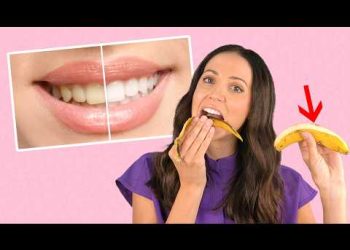Introduction to Brushing
Brushing your teeth is an essential part of oral hygiene, and selecting the right tools can make a significant difference. The key is to use a resilient and dense toothbrush paired with a reliable toothpaste. A notable recommendation is a long-standing toothpaste brand that helps prevent cavities by re-mineralizing teeth naturally.
The Role of Toothpaste
Choosing a toothpaste that re-mineralizes teeth is crucial. While modern options might promise advanced features, traditional fluoride-containing toothpaste remains unmatched. It’s cost-effective and has a formula that has stood the test of time, offering reliable oral benefits without extravagant claims.
Understanding Fluoride
Fluoride is a topic of much discussion. The focus should be on using it topically as part of your oral care routine. Although some people have concerns about various forms of fluoride, using sodium fluoride in small, diluted concentrations for brushing is recommended. It reduces the risk of cavities without endorsing the ingestion of fluoride supplements.
The Impact of Good Oral Hygiene
Consistent proper oral care can lead to pristine teeth and healthier gums over a lifetime. By dedicating just a few minutes each day, you can avoid numerous oral health issues such as cavities and gum disease, contributing to overall health and longevity of your teeth.
The Ideal Toothbrushing Technique
Start by wetting your toothbrush and applying a pea-sized amount of toothpaste. Focus on massaging the gums alongside the roots of the teeth, paying special attention to areas prone to plaque. Circular motions and gentle pressure help improve gum health and prevent recession.
Interdental Cleaning
While the use of interdental brushes or flossing is often debated, they can be beneficial if used gently. The goal is to enhance the effectiveness of toothpaste by allowing it to reach between teeth, supporting mineralization and overall oral health.
Toothbrush Maintenance
It’s essential to keep your toothbrush clean and dry between uses. Stand it up to dry for 24 hours, preventing bacterial growth. This simple practice can prevent periodontal issues that stem from bacteria on the toothbrush.
Handling Toothbrushes on the Go
For those who frequently travel, it’s advisable to use cheaper toothbrushes during the journey and replace them upon returning home. This prevents any potential bacterial buildup due to lack of proper drying.
Electric vs. Manual Toothbrushes
Manual toothbrushes are often preferred for their ease of cleaning and effectiveness in massaging gums. Although electric models are popular, they can sometimes overlook the delicate needs of gum care, leading to potential issues.
Conclusion
Your oral care routine is not just about maintaining white teeth but ensuring the overall health of your mouth. By choosing the right products and techniques, you safeguard against common oral health problems and promote long-term dental wellness.











